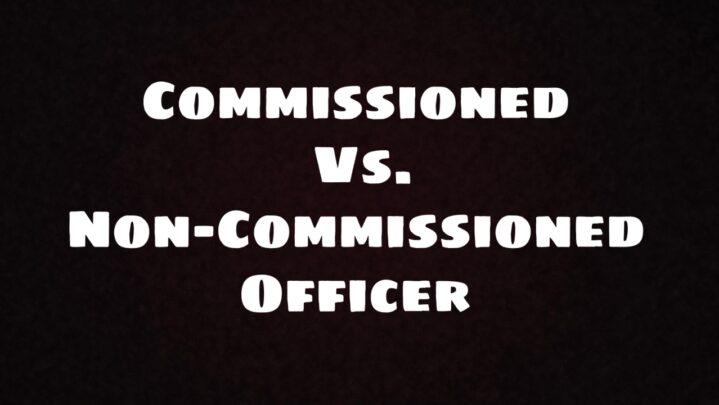A commissioned officer is a military officer who has attained a rank before taking on their formal duties. The Presidential commissions of these officers give them the authority to command both officers and enlisted soldiers. Captains, majors, colonels, lieutenant colonels, and generals are among the commissions available.
Non-commissioned officers are always ranked lower than commissioned officers (e.g., a sergeant). The most major distinction between commissioned and non-commissioned officers is their power over other members of the military.
The difference between Commissioned Vs. Non-Commissioned Officer are as follows:
Commissioned Officer
1. A college diploma is required for commissioned officers.
2. Officer compensation is comparable to that of mid-level to senior corporate executives. Officers, on the other hand, benefit from cost-cutting perks such as accommodation, food allowances, tax breaks, and health-care coverage.
3. Reserve officers can continue their civilian occupations while serving in the military.
4. Deployment is determined by the military branch selected and the unit assigned.
5. The duration of the commitment varies.
Non-Commissioned Officer
1. At the time of application, the applicant must have served as an active Private/Seaman IV for at least two years.
2. The candidate must be under the age of 32 at the time of application.
3. Should have received an “above average” rating in the previous two yearly evaluation reports (these referring to the evaluations of the superior).
4. A high school diploma is required of the applicant.
5. The PT test should have been passed by the applicant.
6. The applicant must be in decent physical condition.
7. The applicant must be at least 165 cm tall for men and 160 cm tall for women.
Also Read: 6 Best Careers To Start At 40





